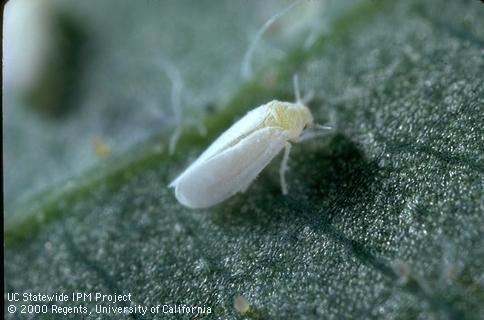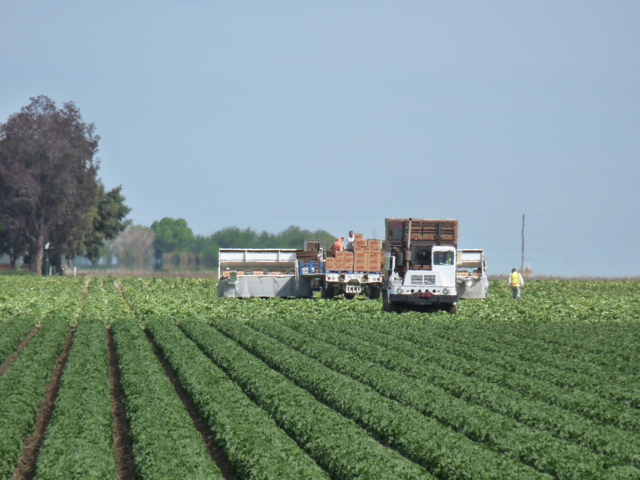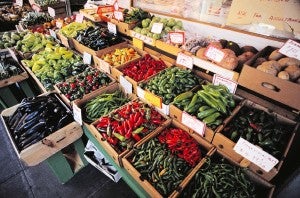Whitefly and Aphid Pressure on Cotton
Cotton Growers: Beware of Whitefly and Aphid Pressure Early this Season
By Laurie Greene, Editor

Peter B Goodell Ph.D., Cooperative Extension Advisor-IPM, Kearney Agricultural Research & Extension Center in Parlier, CA. (Source: UC ANR)
Pete Goodell, an IPM Advisor with UC Cooperative Extension based at the Kearney Agricultural Research & Extension Center in Parlier, Calif., noted that cotton growers should be treating for whitefly and aphid pressure earlier—instead of later—this season.
“On cotton, we are continually working with the whitefly and the green peach aphid. They have been a problem for the last 3-4 years, so we are continuously working with educational outreach to catch these pests early and manage their populations,” Goodell said.
Goodell explained, “I think with cotton acreage down significantly this year, we can really focus and ensure that everybody is aware of the pressure and how to handle the problem beginning in July. In some incidences, folks have misunderstood and treated whiteflys like aphids; folks started looking for the pests around the open cotton boll stage of growth. But that’s too late to treat for whitefly; growers must treat earlier to maintain a quality cotton crop.”
“That’s why we’re going to get ‘on the stick’ this year,” Goodell said. “We are going to hold a series of gin meetings and get the word out that growers need to start earlier to prevent damage from these insects.”
Feature photo source: Sweetpotato Whitefly, JackKellyClark, UC ANR











